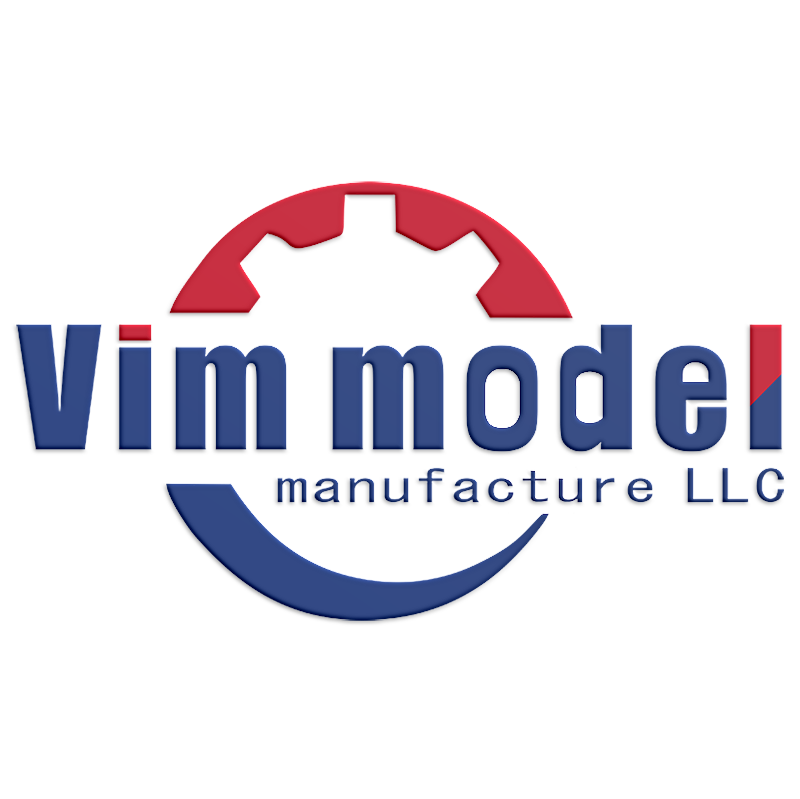CNC machining parts
"*" indicates required fields
CNC machining has set the standard for precision and speed in manufacturing, making it an indispensable tool for producing high-quality components. As the technology continues to evolve, we can expect even greater advancements in accuracy and efficiency, further solidifying CNC machining’s role as a cornerstone of modern manufacturing. Whether it’s producing critical aerospace components or intricate medical devices, CNC machining delivers the precision and speed necessary to meet the demands of today’s industries.
Achieving ISO9001-Compliant Precision with Rapid Turnaround in CNC Machining
In today’s competitive manufacturing landscape, producing parts that meet stringent quality standards while adhering to tight deadlines is a critical challenge. For industries where precision is non-negotiable—such as aerospace, automotive, and medical devices—CNC machining stands out as the preferred method for delivering high-quality components. This article delves into how CNC machining can achieve ISO9001-compliant precision with a remarkably fast processing time of just five days.
ISO9001-Compliant Precision: A Benchmark in Quality
ISO9001 is a globally recognized standard for quality management systems, ensuring that products consistently meet customer and regulatory requirements. In CNC machining, achieving ISO9001-compliant precision involves meticulous attention to detail at every stage of the process—from design to final inspection.
Key to this precision is the ability to maintain tight tolerances, often within micrometers. CNC machines, driven by computer-aided design (CAD) and computer-aided manufacturing (CAM) software, are capable of executing highly intricate and complex operations with minimal deviation. This level of precision is crucial in producing components that not only fit perfectly within assemblies but also perform reliably under demanding conditions.
Rapid Processing: Precision Doesn’t Mean Slow
While precision is paramount, speed is often equally important, especially in industries where time-to-market can be a significant competitive advantage. Traditionally, achieving high precision has been associated with longer lead times. However, advancements in CNC technology have dramatically reduced processing times without compromising quality.
In the context of a five-day turnaround, CNC machining offers several advantages:
Optimized Tool Paths: Modern CAM software optimizes tool paths to minimize machining time while maintaining precision. This reduces the overall cycle time for each part.
High-Speed Machining (HSM): HSM techniques allow for faster cutting speeds and feeds, reducing the time required for material removal. These techniques are especially effective in reducing the machining time for complex geometries.
Automated Quality Control: Integrated quality control systems, such as in-process measurement and inspection, ensure that parts are within tolerance as they are being machined. This reduces the need for time-consuming post-process inspections and rework.
Meeting the Demand for Quality and Speed
The combination of ISO9001-compliant precision and a fast processing time of five days demonstrates the capabilities of modern CNC machining. Manufacturers can now deliver parts that not only meet the highest quality standards but also do so in a timeframe that keeps production schedules on track. This balance of precision and speed is essential for staying competitive in an increasingly demanding market.
In conclusion, CNC machining has evolved to offer a compelling solution for industries requiring both precision and efficiency. By leveraging advanced technology and optimized processes, manufacturers can produce high-quality, ISO9001-compliant parts in as little as five days—meeting the demands of today’s fast-paced manufacturing environment.
- Rapid Prototyping
- CNC machined parts
- CNC Turning
- Sheet metal
- Die Casting
- Small and large lot production of various quantities
- CMM inspection
- Finish ( Painting, Silkscreen, Sand Blasting, Electroplating, Anodize, etc )
- MOQ 1 pc
- 475 materials available
- 21 Surface Treatment available
- We have a staff of 118 professionals.
- 24 hours for prototype quote
- 4-24 hours to provide a quote for mass production
- 100% full size inspection
- Provide CMM inspection report & heat treatment inspection report & surface treatment certificate
- Many of our technicians have more than 10 years working experience, they are proficient in CNC 3-axis, CNC 4-axis, CNC 5-axis programming and all kinds of molds.
- Our engineering team can provide design suggestions if you need.
- Our engineering team can provide the most reasonable and economical mass production program according to different quantities.
- We can be shipped assembled if required.
- Robots
- Airplanes
- Medical devices
- Cars&Motorcycle
- Machinery
- design company
- Bicycles
- Watercraft
- Electronic
- Scientific Equipment
- Oil&Gas control systems
- Sinal receiving devices
- Optical devices
- Beauty
- Lighting
- Obtained ISO9001 certificate,laying the foundation for product quality.
- Sign a confidentiality agreement to protect customer information.
- Technicians are trained once a year to continuously optimize our skills.
- Project suggestions, optimize product structure.
- Free assembly.
- Your quotes are so fast and I like working with you guys.
- Your parts are so damned gorgeous,we just got some big box today.So Gorgeous.






